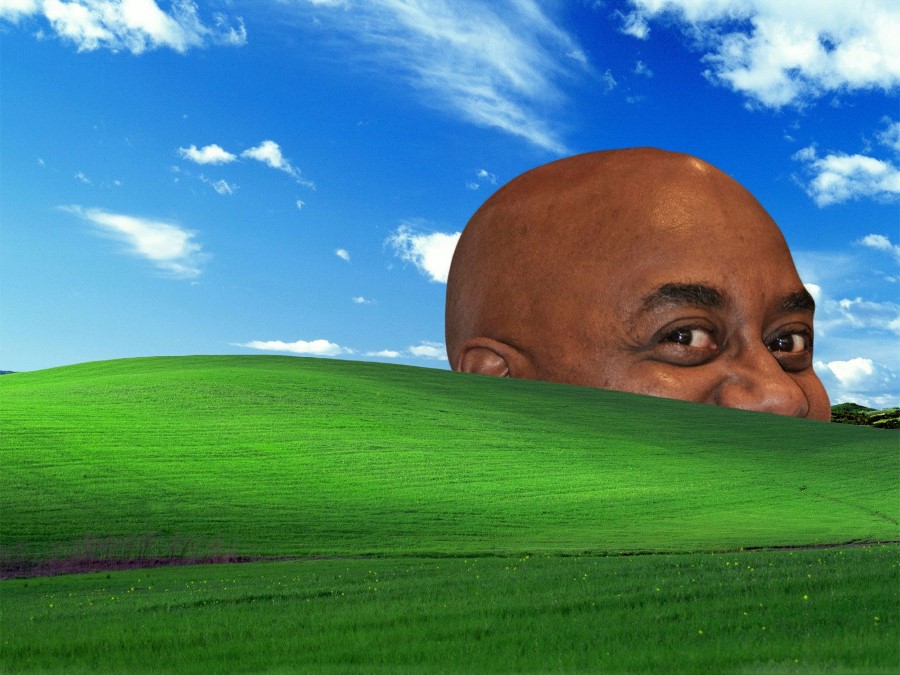his
Cards (36)
- What is the main topic of the video discussed in the study material?
- What is potable water?
- What percentage of water used by humans is for drinking?
- What are some uses of water besides drinking?
- What does wastewater contain that makes it necessary to treat?
- What is the first stage of wastewater treatment?
- What happens to sewage after it is screened?
- What is produced after sewage settles in sedimentation tanks?
- What happens to the sludge produced during wastewater treatment?
- What do anaerobic bacteria produce during the digestion of sludge?
- How can biogas produced from sludge be used?
- What must be done to the liquid effluent before it is discharged into the environment?
- How are aerobic bacteria involved in treating liquid effluent?
- Where can liquid effluent be safely discharged after treatment?
- What is the first step in treating industrial wastewater?
- What is a common use of treated sewage in some parts of the world?
- Why is groundwater from aquifers often used to produce potable water?
- What must be done to aquifer water before it is deemed safe for drinking?
- What is required to desalinate salt water for potable use?
- What are the steps involved in wastewater treatment?
- Compare the sources of potable water: groundwater, salt water, and wastewater.
- What is the state of matter where particles are closely packed?
- How do particles behave in a solid state of matter?
- What shape do solids have?
- What volume do solids have?
- What is the state of matter where particles can flow over one another?
- How do particles behave in a liquid state of matter?
- What shape do liquids have?
- What volume do liquids have?
- What is the state of matter where particles are far apart?
- How do particles behave in a gas state of matter?
- What shape do gases have?
- What volume do gases have?
- Why are gases highly compressible?
- What makes it easier to push gas particles closer together compared to solids or liquids?
- What are the three states of matter and their characteristics?
